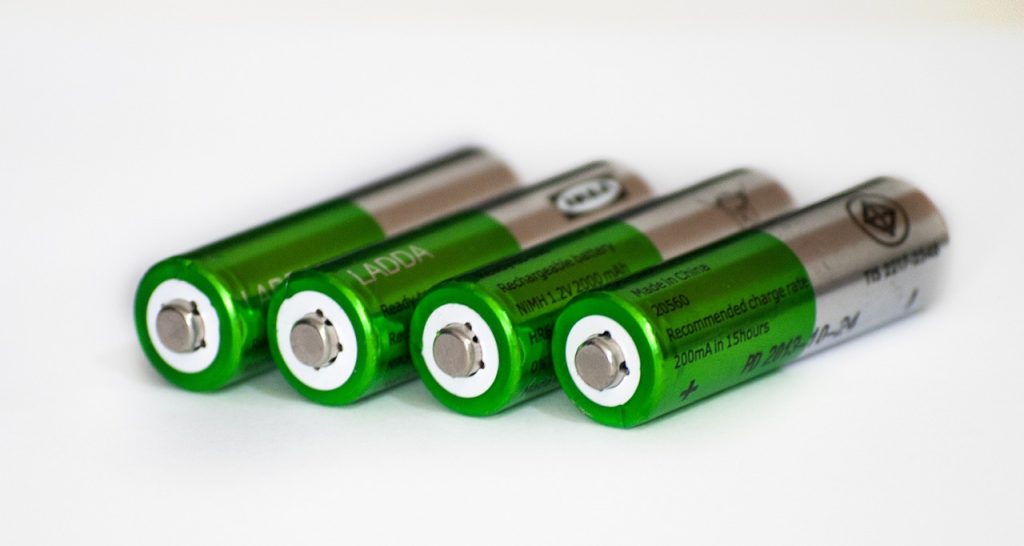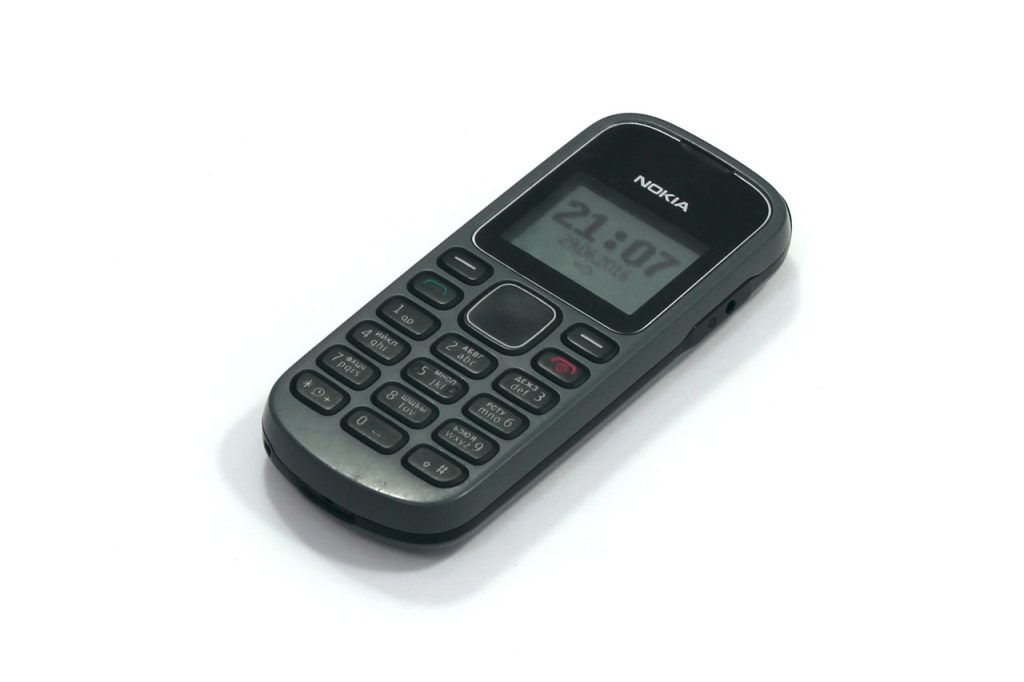- Identify used lithium-ion batteries from electronic devices.
- Ensure the batteries are handled with care and are in a protective bag or have their terminals taped.
- Locate a designated drop-off point, such as retailers, recycling centers, or take-back programs.
- Deposit the batteries at the collection point.
- Participate in local hazardous waste collection events if available.
- Support manufacturers that offer recycling kits for safe packaging and disposal.
Understanding How to Recycle Lithium Ion Batteries: An Essential Guide
Understanding how to recycle lithium batteries can seem daunting, but it’s essential for our environment and energy efficiency. Because lithium-ion batteries are not compatible with standard curbside recycling programs, they require special handling; yet few people are aware of the appropriate way to recycle li-ion batteries. Lithium-ion batteries contain valuable and recyclable materials that we shouldn’t let go to waste. They also contain chemicals that can present a fire risk if not disposed of correctly. Let’s explore a comprehensive and practical guide for ion battery recycling.
Lithium, a highly reactive element, is a key component of li-ion batteries. Being recyclable, it’s crucial to harness this energy instead of discarding it irresponsibly. Some may wonder why they should bother recycling lithium-ion batteries when it seems more convenient to toss them in the bin. The answer is simple, apart from being an ethical act, recycling lithium-ion batteries is crucial for our energy sustainability.
Before you can recycle lithium batteries, it’s imperative to understand what exactly a lithium-ion battery is. As a widely-used power source for countless electronic devices, these batteries carry all the power we need in our daily lives. From smartphones and laptops to electric vehicles, the li-ion battery fulfills various roles. In essence, it’s a treasure trove of power and potential. But like all power sources, lithium ion batteries deplete over time and need to be replaced. The question then stands, what do you do with the old ones?
Since they don’t belong in your normal recycling bin or garbage, it falls on us to find the right way to recycle. Safe and responsible recycling of lithium-ion batteries needs to be prioritized. Retailers and recycling centers often offer designated drop-offs, providing a safer environment for lithium-ion batteries disposal.
Moreover, manufacturers and retailers often hold take-back programs, where old batteries can be handed over for recycling lithium-ion. In some regions, you may also find hazardous waste collection events that accept lithium batteries. Make sure to look out for these opportunities in your locality.
To successfully recycle li-ion batteries, it’s important to handle them with care, ensure they’re in a protective bag or tape their terminals to prevent any unwanted scenarios. Alternatively, some local recycling centers might offer recycling kits that include safe packaging materials for ion battery recycling.
Energy efficiency is not just about consuming less but about wastefulness, too. How often we replace our phones, laptops, or electric cars is directly related to how often lithium-ion batteries need to be recycled. When prolonging the life of your lithium-ion battery, you’re saving more energy and making the world that bit greener.
In conclusion, understanding how to recycle lithium is not a choice, but a necessity. Ion battery recycling helps us ensure a cleaner and safer environment while preserving valuable resources. It’s an integral part of our collective bid towards a more sustainable future. Remember, every li-ion battery recycled is a win for our environment, a step towards better energy management, and a triumph for us all. Start today, recycle responsibly.
Steps for Recycling Alkaline Batteries and their Comparison to Lithium Ion Batteries
Recycling both alkaline and lithium ion batteries is crucial for environmental preservation. When we think about batteries and how they impact the environment, it’s important to understand the various steps involved in their recycling process, which drastically differs for alkaline and lithium ion batteries.
First, let’s focus on alkaline batteries. These batteries, commonplace in most households, are often disposed of improperly in regular household trash, introducing harmful materials to the environment. To recycle these batteries, you need to find a dedicated recycling facility. These facilities have specialized machines that safely separate the battery components for proper disposal or reuse. The components, which include steel, zinc, and manganese, can be turned into new products, hence reducing waste. This method is an efficient way of recycling batteries, ensuring that no harmful materials are leaked into the environment.
On the other hand, lithium ion batteries, commonly used in mobile phones, laptops, and electric vehicles, demand a more meticulous recycling process due to their complex chemical composition. Compared to alkaline batteries, lithium ion batteries contain more valuable metals like cobalt and lithium that can be harmful if released to the environment. The process entails manual sorting, discharging of residual power, shredding, and finally, manual and chemical separation of the shredded battery fractions. Metals including cobalt, nickel, and lithium can be extracted and reused in the manufacture of new batteries. Furthermore, recycling these valuable metals is far less resource-intensive than sourcing them fresh from the earth.
When comparing the steps involved in recycling alkaline and lithium ion batteries, it’s clear both offer its own challenges. For alkaline batteries, the main obstacle is the mass amounts of these batteries that are improperly disposed of. For lithium ion batteries, the complexity lies in their complex chemical composition, making recycling a more detailed and intensive process.
Likewise, the benefits of recycling these batteries cannot be underestimated. It’s not just about reducing waste but also recovering and reusing valuable metals found in these batteries. For instance, a lithium ion battery contains valuable cobalt, which can be reused to make new batteries. By recycling, we can prevent the unnecessary extraction of such valuable resources, conserving the earth’s finite resources.
Therefore, understanding the different steps in recycling batteries, whether alkaline or lithium ion, is crucial. This knowledge should encourage us to recycle our used batteries and reduce the harm caused to our environment. It may not be the most straightforward process, but the benefits greatly surpass the efforts. Proper recycling of batteries is one subtle way we can can advance towards a more sustainable future.
In a nutshell, recycling batteries is a must. Not only does it reduce the amount of waste going to the landfill, it reclaims valuable resources that can be reused. It’s a worthwhile effort that contributes hugely towards environmental preservation. So, next time you use any batteries, remember that your decision to recycle can make a significant difference in promoting a clean, safe, and healthy planet for generations to come.
The Importance of Single Collection Points in Battery Recycling
Battery recycling is vital to our environment and the future of renewable energy. More specifically, the recycling of lithium-ion batteries is critical due to their hazardous components. While they share some similarities with alkaline and lead-acid batteries, they also have unique characteristics that require specific recycling methods. This discussion will focus on the importance of single collection points in battery recycling.
Unlike lead-acid batteries, which have long been collected and recycled as universal waste, the recycling rate of lithium ion rechargeable batteries is unfortunately much lower. Collection is the first and arguably the most essential step in the battery recycling process for two main reasons.
Firstly, single collection points for battery recycling help ensure that all used batteries, regardless of type, are disposed of responsibly and do not end up in landfills. This reduces the risk of soil and water contamination from heavy metals and other toxic elements commonly found in batteries.
Secondly, single collection points facilitate the sorting and processing of different battery types. Rechargeable batteries, lithium-ion batteries, alkaline batteries, and lead-acid batteries each require unique recycling techniques. Having a single drop point allows for easier sorting which makes the recycling process more efficient.
However, despite the importance of single collection points, there are still challenges that hamper their effectiveness. Many consumers do not know where to drop off their used batteries or are unaware of the importance of proper battery recycling. To combat this, increased public awareness about battery drop-off locations and the dangers of improper battery disposal is crucial.
Moreover, there is also a need for policy changes that encourage battery manufacturers to take responsibility for the end life of their products. For instance, implementing extended producer responsibility (EPR) strategies could effectively boost battery recycling rates. Under EPR, manufacturers would be responsible for managing the waste generated by their products.
Areas with difficult terrain and remote locations also pose challenges to the effectiveness of single collection points. Mobile collection units or pick-up services may be necessary in these areas to ensure that all used batteries are collected for recycling.
In a nutshell, the success of battery recycling largely depends on effective collection strategies. By setting up more single collection points, educating the public about the importance of proper battery recycling, and implementing policies that hold battery manufacturers accountable, we can hope to increase the recycling rate of all battery types, including lithium-ion batteries.
Yet, it’s essential to remember that while recycling is important, it isn’t the ultimate solution. Reducing our reliance on disposable batteries by using rechargeable batteries wherever possible and designing products with longer battery life can significantly reduce the volume of battery waste generated.
In conclusion, single collection points play a crucial role in improving the battery recycling process by creating efficiencies and facilitating proper disposal. They are a simple yet effective solution to the growing problem of battery waste, particularly in the context of lithium-ion batteries. The onus is on us all – consumers, manufacturers, and policy-makers – to leverage these collection points and make battery recycling a universal practise.
Unlocking the Value of Recycled Battery Materials: A Detailed Look
The process of battery recycling, particularly lithium ion battery recycling, involves a lot more than a simple disposal operation. It’s an intricate process of unlocking the value of recycled battery materials, a detail that’s often overlooked. The scientists at Berkeley Lab and Princeton University, including the team at Princeton NuEnergy, have dedicated significant amounts of energy to this cause, recognising the abundant potential of recycled materials.
For instance, let’s take a look at vehicle batteries. When you exit DNR, you would come across trash heaps of used vehicle batteries flocked together aimlessly. Instead of regarding this as waste, the lab energy team at Berkeley lab considers this as a gold mine. Whilst reworking these batteries, valuable cathode materials can be recovered, offering a sustainable solution for the ever-growing demand from various industries.
Simply translated, recycled cathode material doesn’t just help in the manufacture of new batteries but also immensely contributes towards the reduction of environmental pollution. This is where the importance of single collection points in battery recycling, as explained in previous sections of this guide, becomes more evident. The streamlined collection and efficient management of used batteries prevents them from ending up in landfill sites, subsequently ensuing toxin leakage into the soil and water bodies.
Dedicating significant lab energy into developing advanced recycling techniques, the Berkeley Lab and Princeton NuEnergy teams have been successful in pioneering new methods to further the cause. The studies included meticulous analysis and painstaking efforts to comprehend the possibilities of recycling, not just once or twice, but multiple times, ensuring each cathode material is utilised to the fullest of its potential.
Data from these studies led to startling revelations. For instance, a cathode in a lithium ion battery can be recycled up to seven times, each time unlocking valuable materials. The Berkeley Lab shared another interesting analysis: The cathode, apart from being the most expensive component of a lithium battery, is also the most environmentally impactful. Therefore, by recycling the cathode material, we hit two birds with one stone; reducing both manufacturing cost and environmental impact.
Fast forward to today, the realm of recycling has broadened its horizon with an increased volume of materials recycled more frequently. Princeton University has effectively managed to home in on this proposition, subjecting lithium batteries to a myriad of recycling processes which result in the recovery of materials at a commendable magnitude.
All these facets collectively contribute towards a new era of battery recycling, wherein the value of recycled materials is not only acknowledged but also leveraged towards a collective goal of sustainability.
To draw the curtain, this takes us back to the safe and efficient process of recycling alkaline batteries as compared to lithium ion batteries. It goes to show how complex and crucial the realm of battery recycling is, all while highlighting the immense potential it holds. So, the next time you exit DNR, consider the value of the discarded vehicle batteries lying in front of your eyes. There’s more to them than meets the eye!
A Comprehensive Approach to Battery Recycling: From Collection to Final Output
Recycling is an incredible program that has a profound impact on the conservation of our resources and the preservation of our environment. When it comes to battery recycling, it’s not just a quick-release binder that does the job. A comprehensive approach to battery recycling involves multiple steps from collection to disposition of spent batteries, effectively managing the energy they embody and bringing us closer to a sustainable future.
The critical first step in any recycling program is collection. The same holds for battery recycling, where spent batteries are gathered from various sources for processing. Consider this. You’ve just replaced the batteries in your remote. You are now left with a couple of spent batteries. Instead of chucking them in the trash, you drop them off at a collection center, contributing to the increasing pool of recyclable materials that, in turn, saves precious raw materials. You are, in essence, an integral part of the solution!
A single collection point isn’t enough, though. To make battery recycling a truly effective program, we need to have multiple collection points that make it easy for people to dispose their spent batteries responsibly. Think of collection points as links in a broader chain; the more, the stronger the chain. These links ensure the success of the battery recycling campaign by making it simple for people to contribute to recycling.
Once collected, batteries head to the recycling center. Here, they go through a sequence of processes designed to recover valuable materials like cobalt, nickel, and lithium. The recycling mechanisms differ depending on the type of battery. For instance, lithium-ion batteries undergo a different recycling process compared to alkaline batteries. It was previously discussed in the sections, “Understanding How to Recycle Lithium Ion Batteries: An Essential Guide; Steps for Recycling Alkaline Batteries and their Comparison to Lithium Ion Batteries.”
Recycled materials unlocked from these spent batteries become part of the production cycle of new batteries or other products. This ties back to the central idea of conserving energy and reducing waste. As explored in “Unlocking the Value of Recycled Battery Materials: A Detailed Look,” the recycling of lithium batteries holds immense potential in this regard. By converting “waste” into something valuable, the battery recycling program becomes a catalyst for change.
The entire process signifies a cycle, a cycle that values every bit of energy embedded within each battery. This cycle allows us to minimize the impact on our environment, a primary goal of the recycling program. The text above serves as a snapshot of a bigger picture: taking a comprehensive approach to battery recycling to reduce waste and maximize resource utilization.
As we move the needle forward, committing ourselves to responsible disposal of lithium batteries and other types, we cultivate habits that will benefit the environment for generations to come. Recycling isn’t just a program. It is a practice of stewardship, a movement towards sustainable living, and a future where generations thrive in a healthier, cleaner world.
Exploring the Benefits of Recycling: How Lithium and Other Batteries Can Be Used Again
Embracing battery recycling isn’t only about enduring a sense of environmental responsibility, but it’s also about unlocking the potential that discarded batteries can have once they’re recycled. Specifically, lithium batteries have many recyclable components that can be utilized once again, reducing the overall waste and environmental impact.
It’s vital to appreciate the fact that the benefits of battery recycling go beyond just being green. Yes, it’s undeniably beneficial for our planet, limiting the number of toxic materials ending up in our landfills. But recycling batteries, specifically lithium batteries, ultimately boils down to a process capable of benefiting various industrial domains by providing them with crucial components.
Through recycling, these materials can be used again, significantly reducing the need for fresh extraction, which often results in ecological damage. For instance, recycling lithium can save as much as 90% of the energy used to mine and process raw lithium. Furthermore, by recycling batteries, harmful materials are prevented from contaminating the ecosystem.
The battery recycling process begins with the collection of used batteries from the final consumers. As the process of recycling is fundamentally different depending on the type of battery, it’s essential to have separate collection points for different batteries. This step ensures the efficiency of the entire process and results in the correct treatment and recycling of the batteries.
Concerned individuals or corporations can contact their local recycling centers to inquire about the disposal of their batteries. Various ways to contact and subscribe to battery recycling programs are available, via online channels such as websites or direct email contacts, or through physical contact points like recycling spots at local business establishments. With more people subscribing to battery recycling, its benefits can be enjoyed on a more significant scale.
Subsequent steps in battery recycling include sorting, shredding, and separating the batteries into various elements like iron, copper, and plastic. Through this, metals like lithium can be extracted, processed, and reused effectively. Similarly, other elements found in batteries can be recycled and used again in the production cycle, further reducing the demand for virgin materials in numerous industries.
Lithium-ion batteries specifically, when recycled, can deliver valuable materials like cobalt, nickel, and lithium, which are immensely useful in the production of new batteries or other products. In this context, lithium ion battery recycling presents a captivating potential for circular economy implementation, where waste is minimized and resources are continuously utilized.
In conclusion, the benefits of recycling lithium and other batteries are vast and varied. It shifts the perception of discarded batteries from being a complete waste to an untapped resource worthwhile. Battery recycling serves a dual purpose — firstly, it helps to conserve our environment by preventing the accumulation of toxic battery waste, and secondly, it feeds into the industry process by supplying recycled materials. By promoting the recycling of batteries, specifically lithium batteries, we can move towards a more sustainable, green future. It’s essential, therefore, to encourage and strive for more robust, efficient, and accessible battery recycling practices globally.




